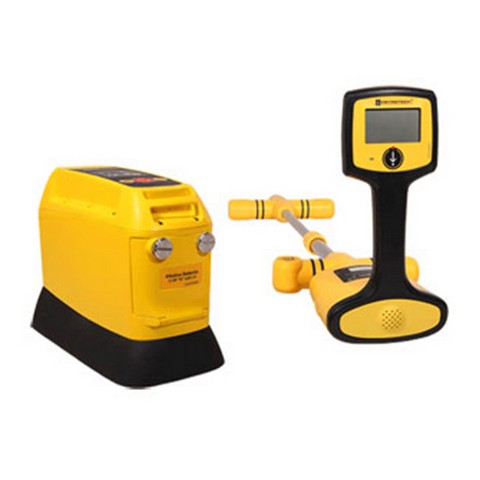Using the correct frequency makes a world of difference when locating buried utilities. The depth of the utility, size, material, and amount of congestion (proximity of other utilities) all need to be taken into consideration for the correct frequency selection. Large diameter, direct buried pipes with bell housing ends that use insulators and rubber gaskets, such as water or gas require a higher frequency while smaller diameter, well-grounded direct buried or long distance in conduits work, better with a lower frequency.
The VM-810 operates at 83.1kHz which is ideal for water and gas utilities which generally are larger pipes with bell housings and gaskets. The VM-810’s higher frequency is also good for locating ungrounded small diameter drop wires and inducing signals through the soil, onto services when direct connecting is not an option.
Using the correct frequency makes a world of difference when locating buried utilities. The depth of the utility, size, material, and amount of congestion (proximity of other utilities) all need to be taken into consideration for the correct frequency selection. Large diameter, direct buried pipes with bell housing ends that use insulators and rubber gaskets, such as water or gas require a higher frequency while smaller diameter, well-grounded direct buried or long distance in conduits work, better with a lower frequency.
The VM-810 operates at 83.1kHz which is ideal for water and gas utilities which generally are larger pipes with bell housings and gaskets. The VM-810’s higher frequency is also good for locating ungrounded small diameter drop wires and inducing signals through the soil, onto services when direct connecting is not an option.

